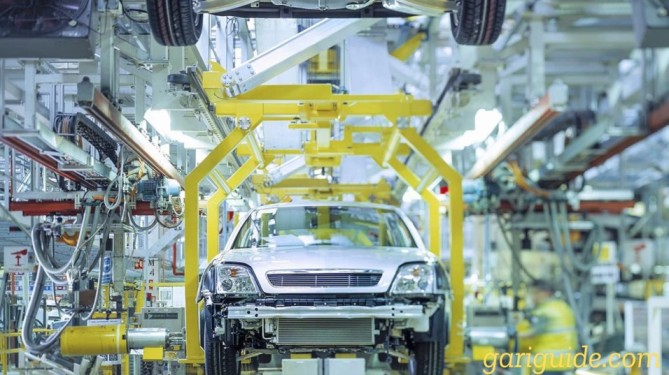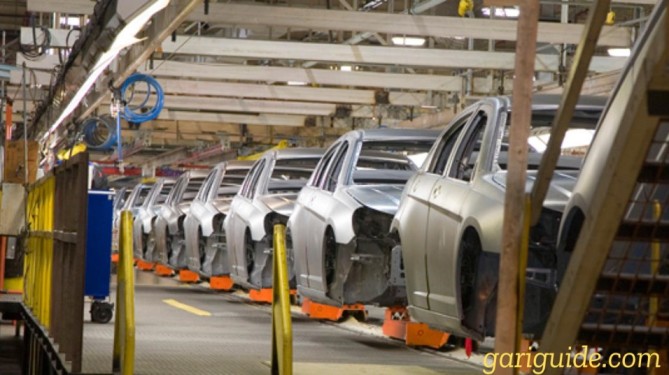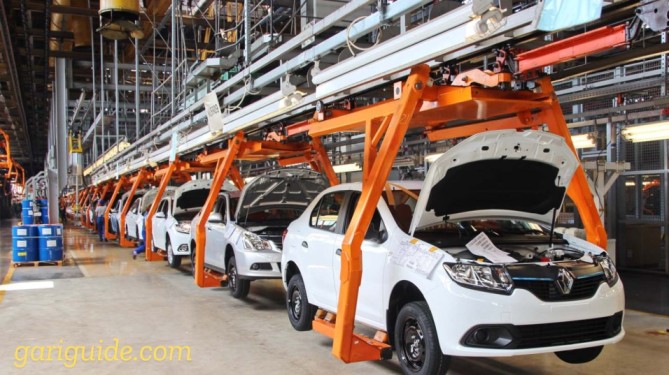The Pakistani automobile industry has grown exceedingly in recent decades, from being a niche industry dominated by few players to becoming a competitive market with many participants.
As a car enthusiast, a business investor, or a curious individual who is interested in this dynamic sector, understanding its composition, past, and future prospects is fundamental. In this article, we shall go in-depth into the industry, segmented into simple-to-follow sections for beginners to ease your path and enlighten you.
Historical Development of Pakistani Automobile Industry

Important Milestones in Pakistani Automobile Industry (Table)
| Year | Event | Impact |
|---|---|---|
| 1953 | Establishment of National Motors | First vehicle assembly unit in Pakistan |
| 1983 | Launch of Suzuki Mehran | Affordable vehicle for masses |
| 1990s | Entry of Honda and Toyota | Diversification of vehicle options |
| 2000s | Growth of local manufacturing | Rise of indigenous parts production |
| 2016 | Automotive Development Policy (ADP) 2016-2021 | Attracted new entrants like KIA and Hyundai |
Expanding in the 1990s and 2000s
- Urbanization picked up, and automobile sales boomed.
- Cars became affordable, and financing and leasing were available.
- Domestic manufacturing was favored by government policy, which made the country less reliant on imports.
- Sedan models like the Toyota Corolla and Honda Civic gained popularity.
- The motorcycle industry also saw growth, with Honda and Suzuki performing the best.
Effect of Globalization
- Chinese and Korean automobile manufacturers‘ entry altered the market dynamics.
- Increased competition resulted in better technology and prices.
- Pakistani auto parts export potential improved significantly.
Current Status of the Pakistani Automobile Industry

Major Players and Brands
The current Pakistani auto market is dominated by Japanese brands like Toyota, Suzuki, and Honda. Korean brands like Hyundai and KIA, and recent entrants like Changan and DFSK, are making a gradual but consistent inroad. These players target different segments ranging from low-end cars to SUVs.
Popular Vehicle Categories
Small hatchbacks are leading because of affordability and road conditions. Sedans remain a percentage of middle-class households, while SUVs are reaching up to the high-middle-class and luxury buyers.
Market Size and Sales Trends
In spite of challenges like excessive taxation and fluctuating currency rates, the Pakistani automobile industry is strong. More than 200,000 cars were sold in FY 2023-24, which indicates consumer demand even in an economic downturn.
Issues Facing the Auto Industry in Pakistan
Economic Instability and Inflation
The Pakistani auto market is significantly impacted by increasing inflation, dollar volatility, and import bans. Moreover, high prices also prompt customers to opt for used cars rather than new ones.
Regulatory and Tax Issues
Excesses in taxation, i.e., FED (Federal Excise Duty) and import taxes, have always been a point of worry. The intricate tax situation increases the cost of motor vehicles and deters new investors.
Insufficient Domestic Production of Parts
Despite more domestic production of parts, almost all the critical components are still imported. Such dependence makes the industry vulnerable to global supply chain disasters.
Future of the Automobile Industry

EVs Development
Pakistan is slowly adopting electric mobility. Car manufacturers like MG, Audi, and Hyundai have introduced EVs, and the government has also introduced incentives to promote the use of EVs to reduce fuel import reliance.
New Entrants and Investments
Other international brands are also keen on Pakistan’s market because of initiatives like the new Automotive Development Policy (2021-2026), which offers incentives to produce and assemble vehicles locally.
Infrastructure Development
With new motorways, expressways, and metro trains in Pakistan, car demand—personal and commercial—is set to grow in the years ahead.
Tips for Auto Industry Beginners
Stay with the Times
Stay current with market trends through sites like PakWheels, OLX Autos, and government releases on price movements, new model releases, and investment opportunities.
Go Green Technology
Investing in electric cars or hybrids could be smart when the country is transitioning to cleaner modes of transport.
Watch Out for Policy Changes
State policies influence the auto industry significantly. Keep an eye on trends in tariffs, tax policy changes, and auto financing regulations to make sound decisions.
Conclusion: The Road Ahead
The Pakistani automobile industry has come a very long, long way but still has some miles to travel. To begin with, it presents a whole world of opportunity—be it in the sales of automobiles, the production of parts, investment, or new technologies like electric mobility. With better infrastructure and new players in the business, things can only get more interesting.
Action Steps for the Reader to Take Next:
- Start discovering car investment opportunities in Pakistan.
- Discover car sales or engineering instruction if you have a career agenda.
- Keep informed about business updates to make wise purchasing or investing choices.
| Visit PAMA | Click Here |
